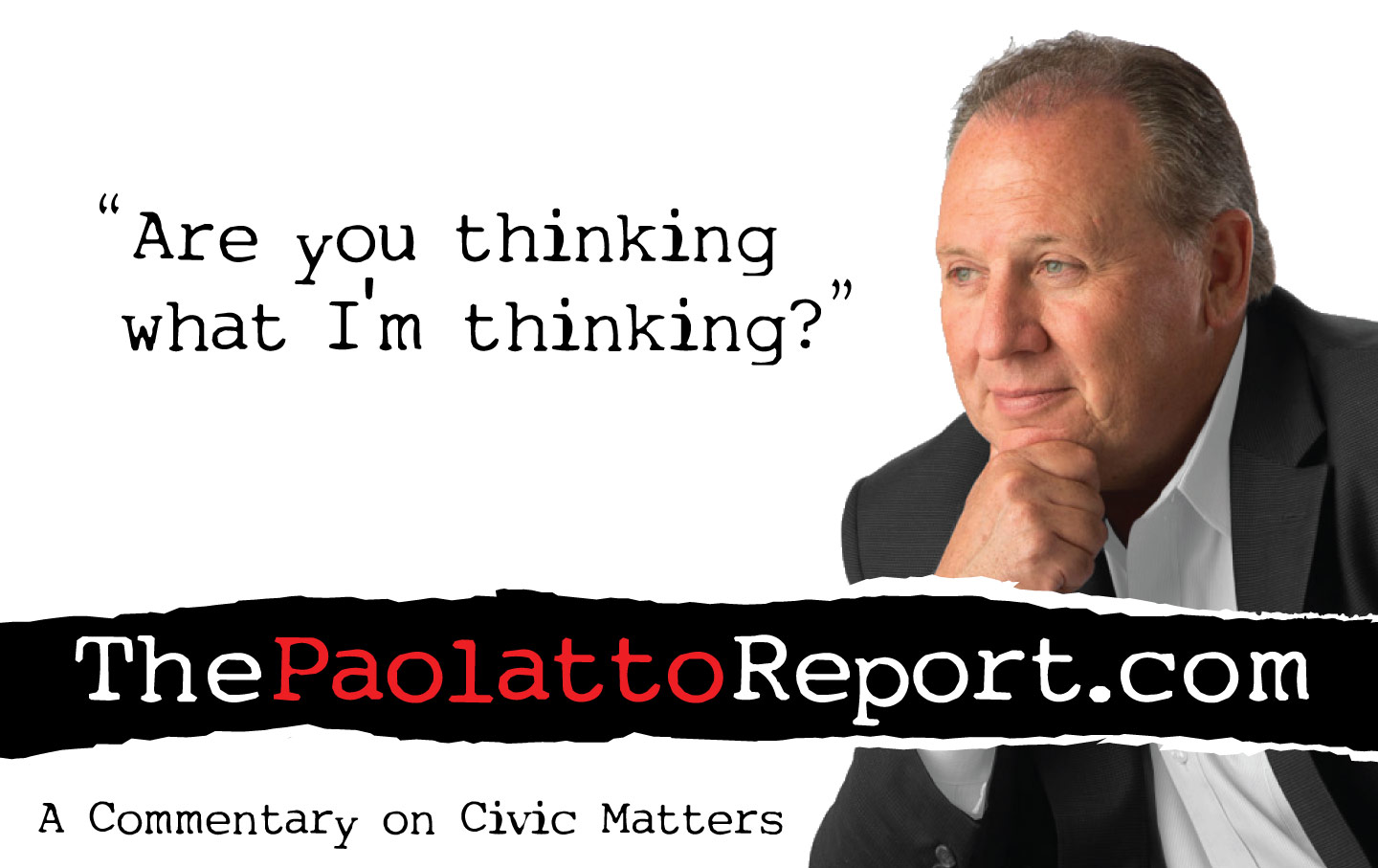Happy New Year!
I hope everyone had a terrific holiday and found a brief respite from the day-to-day grind. I, for one, decided to take advantage of the time off to enjoy the company of my family and some terrific friends. While it was fun reconnecting with so many wonderful people, I’m now very excited to get back to work and back to posting to The Paolatto Report.
Not surprisingly, there is no shortage of topics to cover, especially as we collectively begin to focus more of our attention on this fall’s municipal election. So, let’s get started.
Employment
Just prior to Christmas, long-time Free Press columnist Chip Martin wrote an excellent article on the state of London’s employment situation, dreadful labour participation rate and growing income gap. If you have not had a chance to read it, I encourage you to check out this link: http://www.lfpress.com/2017/12/22/martin-mayors-happy-talk-doesnt-mesh-with-reality
A similar narrative prompted my summer series of posts entitled London Inc., and reiterates the critical need for London to become much more focused on investment attraction and job creation. It also serves as the primary reason behind my interest in seeking public office. We’ve got to fix this or our community’s best intentions will remain outside of our ability to pay.
BRT Update
Along a similar vein, last month, I published a post entitled ‘Budget Busters’ and outlined my concerns over the state of London’s next budget. Specifically, I was concerned over growing risks associated with the Mayor and some Council member’s persistent need to simultaneously undertake numerous ‘city-building’ initiatives, all seemingly with little regard for our community’s ability to pay, both now, and in the future.
Obviously, the most notable of these ‘city-building’ efforts is the SHIFT Bus Rapid Transit (BRT) program. It is the one project where Council is not only spending well beyond the city’s ability to pay, but also subordinating many other worthwhile initiatives that would have a much more positive impact on the city’s financial future. This $500 million project will consume far too much of the city’s finite financial resources, and compromise the city’s ability to proceed with far more worthwhile initiatives. I’ll have much more to add on this topic in the coming weeks. Please stay tuned.
Back To The River
One such city-building initiative is the ‘One River’ project, a project that has caught my attention and one I believe holds significant potential for our community. The One River project is an undertaking that combines the London Community Foundation’s ‘Back To The River’ initiative with the City’s plans for the Thames Valley River corridor and Springbank Dam.
Over the course of the past month, I’ve had a chance to study the project, meet with some of the key people behind it and review the recently-released Environmental Assessment. As a result of this review, it is my belief that:
- The ‘Back To The River’ project can have a very positive impact in our city.
- The cost and environmental consequences of maintaining Springbank Dam exceed the benefits, and thus City staff is correct in recommending that we decommission the Dam.
My reasons for offering up such strong endorsements of both positions are threefold:
First, I have come to appreciate the work and civic leadership the London Community Foundation (LCF) has employed in support of this project. This is an organization that collectively rises every morning with the purpose of making London a better community through a wide array of charitable and city-building endeavours. LCF has a long-standing track record of success, excellent stewardship of funds and thoughtful, well-meaning leadership. I trust them with this project (and if finally given the reins), believe that they will deliver a stellar community asset.
Second, I really like the ‘Back To The River’ project because I firmly believe that it will realize most, if not all, of its intended outcomes. They include:
- New business development and investment attraction,
- Urban regeneration,
- Accelerated housing opportunities – especially in the SoHo district,
- Improved social engagement,
- Environmental respect and,
- A civic centrepiece of which London can be proud.
If anyone needs convincing of the merits of this project, one need only acquaint themselves with the success stories of similar waterfront-based revitalization initiatives in cities like Pittsburgh, Baltimore, San Antonio and Nashville. In my mind, this is relatively low cost, well-leveraged, high value investment that needs to become an immediate priority for our community.
Third, I believe that it was appropriate for Council and the LCF to integrate the ‘Back To the River’ and ‘Thames Valley Corridor’ projects under the ‘One River’ banner, saving money and building a single vision for the entire waterway. I also think that it was appropriate for Council to include an Environmental Assessment of the Springbank Dam as part of the aggregate study before making any decision about the future of the troubled asset. While the process took longer than some might have hoped, the resulting analysis should provide Council with enough of an understanding of each project’s consequences to allow them to finally make an informed decision on the entire investment.
Having said that, time is now of the essence. It is my understanding that many of the generous benefactors who were so willing to help kick-start the One River initiative through the LCF, are becoming concerned over the project’s lengthy (and frequently politicized) decision-making process. Therefore, Council should prioritize and accelerate this project, re-affirm the City’s $5 million financial commitment to it, and invite the LCF to assemble a team capable of delivering on this plan.
Our city routinely beats itself up over such investments, and in some cases (BRT), such scrutiny is justified. However, in my view, One River is a winner that will generate a timely return on a nominal investment, and create a sense of lasting pride in our community for generations to come.
So let’s get on with it.
